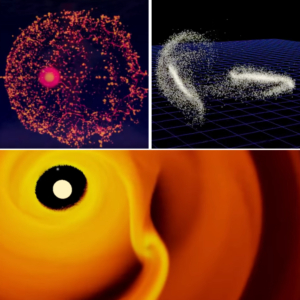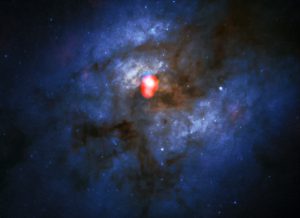Researchers are developing techniques that make it easier for scientists to produce high-quality visualizations of massive amounts of data.
First Light for ALMA’s Band 5
ALMA achieves “first light” with Band 5
New ALMA Webcam Offers Stunning Views of the Array
A new HD camera reveals ALMA in stunning detail.
HERA, the ‘Cosmic Dawn’ Telescope, Receives Major NSF Support
NSF funding will expand HERA, the ‘Cosmic Dawn’ telescope
Record Demand for ALMA in Cycle 4 Call for Proposals
ALMA Cycle 4 Proposals Show Increased Demand
ALMA Explores the Magnetic Universe
ALMA verifies its outstanding polarimetric capabilities.











